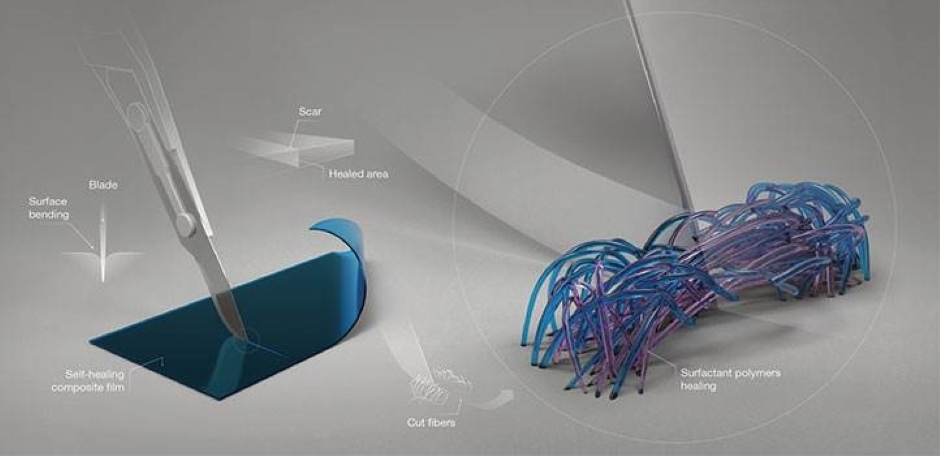A group of chemistry, life science, and AI scientists are utilizing graph neural systems to recognize atoms and predict smells. Models made by analysts beat current best in class draws near and the top-performing model from the DREAM Olfaction Prediction Challenge, a challenge for mapping the chemical properties of smells.
The work was made by scientists from Google, Canadian Institute for Advanced Research, Vector Institute for Artificial Intelligence, University of Toronto, and Arizona State University.
The scientists accept progress in AI utilization of molecule ID can help convey machine insight that is ready to anticipate smell like the way AI that can mirror different faculties like vision and hearing has progressed lately. With getting a handle on difficulties, specialists are additionally attempting to enable mechanical hands to handle the human feeling of touch too.
“Progress in deep learning for olfaction would aid in the discovery of new synthetic odorants, thereby reducing the ecological impact of harvesting natural products. Additionally, new representations of molecules derived from a model trained on odor recognition tasks may contribute our understanding of sensory perception in the brain,” a paper on the subject peruses.
IBM Research and fragrance company Symrise have likewise attempted to make new smells with machine learning.
Analysts state graphs with neural systems is a fitting methodology for what’s called quantitative structure-scent relationship (QSOR) displaying on the grounds that it’s a decent method to anticipate connections between particle properties, for example, scents and group comparable atoms in a vector space. In such manner, smell can be dealt with like a multi-mark grouping issue and what specialists allude to as “odor embedding,” like how RGB is treated as an implanting for vision.
“By viewing atoms as nodes, and bonds as edges, we can interpret a molecule as a graph,” specialists detail in a paper titled “Machine Learning for Scent: Learning Generalizable Perceptual Representations of Small Molecules” distributed Wednesday on arXiv.
“We propose the use of graph neural networks for QSOR, and show they significantly out-perform prior methods on a novel data set labeled by olfactory experts … analysis shows that the learn embeddings from graph neural networks capture a meaningful odor space representation of the underlying relationship between structure and odor, as demonstrate by strong performance on two challenging transfer learning tasks,” the paper states.
The analysts prepared their model utilizing a curated informational collection of 5,030 atoms from perfume materials databases. Every molecule is named with at least one descriptors like fruity or bready by olfactory specialists, principally rehearsing perfumers. Descriptors like fruity or bready were bunched together.
To help progress in the field of AI for smell expectation, Google intends to open-source more informational collections identified with scent forecast later on. Future research in the space could work to digitize fragrance or expand the lives of individuals who can’t smell.
Disclaimer: The views, suggestions, and opinions expressed here are the sole responsibility of the experts. No Graph Daily journalist was involved in the writing and production of this article.



